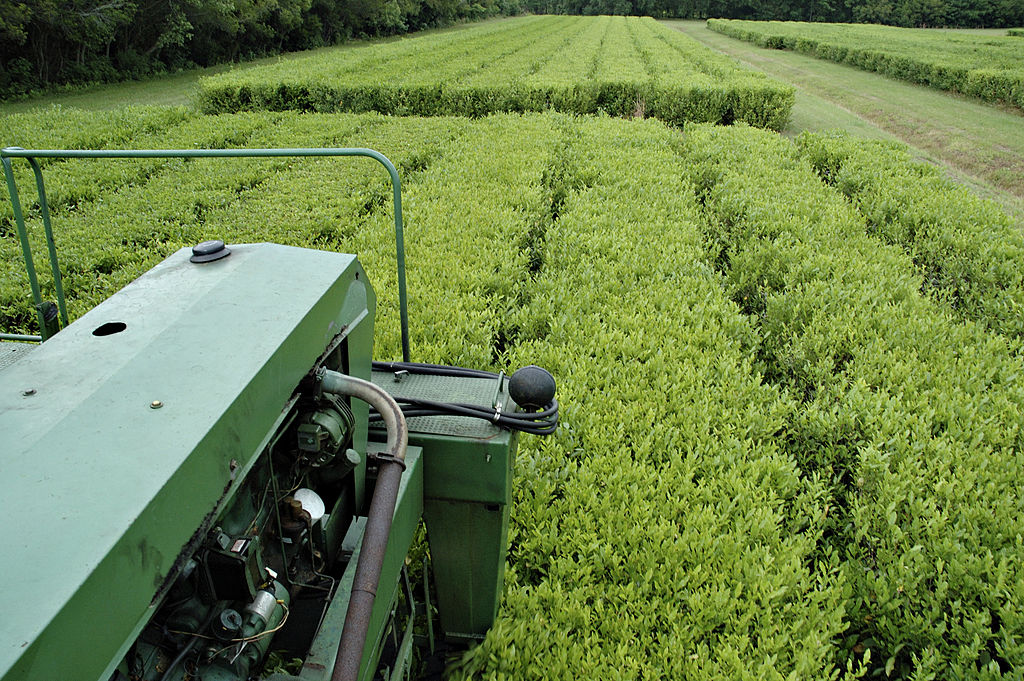
It’s incredibly easy to dump carbon into the atmosphere and accelerate climate change. It’s a lot harder to take it out. Startups are experimenting with massive industrial systems to draw the pollutant out of the air, with facilities costing hundreds of millions of dollars to construct.
That has some other founders thinking, why not use plants to do the hard work?
To Jason Aramburu and Morgan Williams, the answer was obvious. But where some founders burn plant waste to fuel power plants and then capture the carbon, Aramburu and Williams have turned to a centuries-old practice that transforms waste biomass into charcoal-like substance known as biochar that can store carbon for decades, even centuries. Done right, it has the potential to lock away up to 2 billion metric tons of carbon every year, all while helping to boost crop yields on farms.
“We’re both believers in biochar as a carbon dioxide removal solution,” Aramburu told TechCrunch. But as Aramburu and Williams worked through the problem over beers at a bar in Oakland, California, they quickly hit a roadblock. “How do we actually scale it?”
Biochar has a long history. For over 2,000 years, people in South America produced it to improve soils in the Amazon basin. Today, some 10% of soils in the region still show evidence of biochar amendments. But production was laborious, and it was performed essentially on-site.
Logistics remain one of biochar’s biggest challenges. Finding enough plant waste, getting it to a biochar facility, and then transporting the biochar back to farm fields, where it’s often applied as a soil amendment, is both expensive and energy intensive, so much so that it can negate much of biochar’s carbon benefits.
“It just becomes really challenging to move that material around,” Aramburu said.
So Aramburu and Williams decided to turn the process on its head. Rather than bring agricultural waste from the farm field to a biochar facility, they would bring the facility to the farm. “Identifying that problem set was the first step in forming the company,” Aramburu said. That company would become Applied Carbon, formerly known as Climate Robotics, where Aramburu serves as CEO and Williams as COO.
“The ag industry has evolved over more than a century to build these big kind of grazers that drive through a field and harvest material,” Aramburu said. “It just kind of dawned on me, the best way to do anything with ag residue was to emulate that model of operation.”
The result is a farm implement that would make any steampunk fan grin. The machine is pulled by a tractor and fed by a harvester, which throws the crop residue into a hopper where it’s chopped up. Then it’s dried using hot gas recycled from the pyrolysis reactor, which is the next step in the process. In the pyrolyzer, it’s converted to biochar and syngas, which is used to power the machine. The biochar is then quenched with water, spread on the soil, and mixed in using a disc harrow.
Though the machine sounds relatively complex, Aramburu said that it simplifies biochar production and logistics to the point where it is both cheaper and has better carbon accounting.
Applied Carbon has produced five prototypes in the four years it has been in existence. The current implement is designed primarily for corn residue, but Aramburu said it can also work on a range of other crops, including rice, wheat, straw, sorghum, and sugarcane. It requires a heavy tractor and can cover about an acre per hour, though Aramburu said that increasing the speed is one thing the team is working to improve.
The $21.5 million the company raised for a recent Series A round should help.
“We raised this funding really to go from prototype to early production of our pyrolyzer,” Aramburu said. The company is currently building machines in Houston and plans to deploy them in Texas, Oklahoma, Arkansas, and Louisiana, where the biochar that’s created will store carbon for offsets Applied Carbon has already sold to companies, including Microsoft.
For now, the startup is driving the tractors that pull the machines. But in the future, the plan is to lease or sell the equipment to farmers and help them sell the carbon credits they generate with their fields.
“To get to gigaton scale, we would need thousands of tractor operators in the field doing this, and that’s just not really scalable,” Aramburu said. “We don’t want to be a fleet. We want to be more like a John Deere.”
Applied Carbon exclusively told TechCrunch that the round was led by TO VC, with participation from Anglo American, Autodesk Foundation, Congruent Ventures, Elemental Excelerator, the Grantham Foundation, Microsoft Climate Innovation Fund, Overture.vc, S2G Ventures, Susquehanna Foundation, Telus Pollinator Fund for Good, the U.S. Endowment for Forestry and Communities, and Wireframe Ventures.


